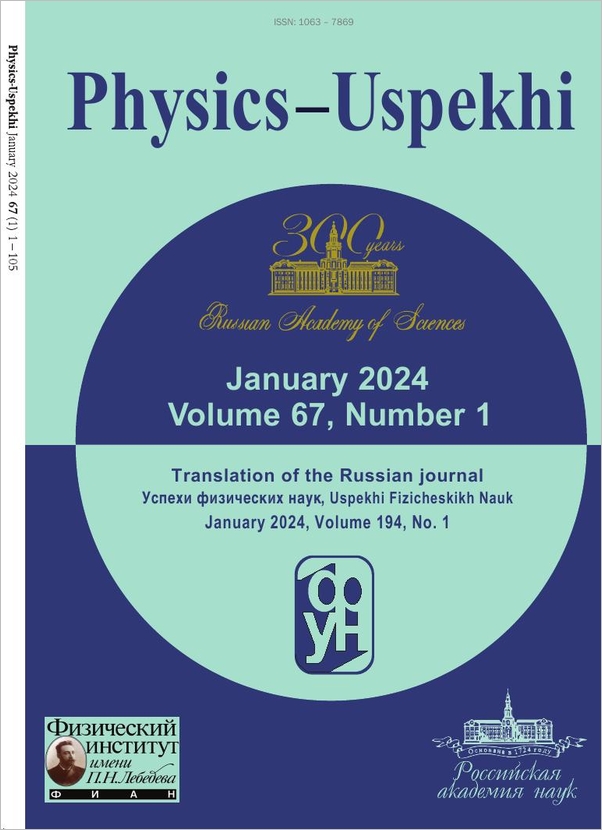|
This article is cited in 9 scientific papers (total in 10 papers)
FROM THE HISTORY OF PHYSICS
V. A. Fock and gauge symmetry
L. B. Okun'
Russian Federation State Scientific Center "A. I. Alikhanov Institute of Theoretical and Experimental Physics", Moscow, Russian Federation
Abstract:
V. A. Fock, in 1926, was the first to have the idea of an Abelian gradient transformation and to discover that the electromagnetic interaction of charged particles has a gradient invariance in the framework of quantum mechanics. These transformation and invariance were respectively named Eichtransformation and Eichinvarianz by H. Weyl in 1929 (the German verb zu eichen means to gauge). The first non-Abelian gauge theory was suggested by O. Klein in 1938, and in 1954, C. N. Yang and R. L. Mills rediscovered the non-Abelian gauge symmetry. Gauge invariance is the underlying principle of the current Standard Model of strong and electroweak interactions.
Citation:
L. B. Okun', “V. A. Fock and gauge symmetry”, UFN, 180:8 (2010), 871–873; Phys. Usp., 53:8 (2010), 835–837
Linking options:
https://www.mathnet.ru/eng/ufn2259 https://www.mathnet.ru/eng/ufn/v180/i8/p871
|


| Statistics & downloads: |
| Abstract page: | 602 | | Full-text PDF : | 218 | | References: | 96 | | First page: | 1 |
|





 Contact us:
Contact us: Terms of Use
Terms of Use
 Registration to the website
Registration to the website Logotypes
Logotypes








 Citation in format
Citation in format 
